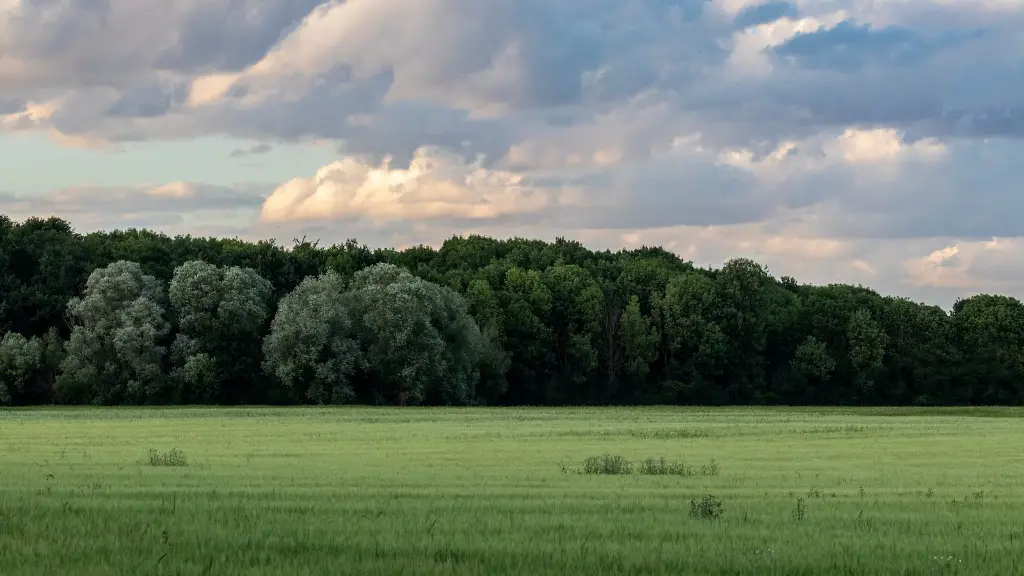The idea that global warming exists can often be met with skepticism, even in the face of startling changes in weather patterns and rising temperatures worldwide. The concept of global warming is neither a new phenomenon nor a surprise to scientists; the ever-warming Earth has been a discussion point for centuries. Today, with more data and greater technological advances, the evidence for global warming has become overwhelming. Thus, it is vitally important to understand how to prove its existence and ultimately, how to reverse it.
In order to prove global warming, scientists look to data around the globe. Those measurements include rises in average temperatures, changes in atmospheric carbon dioxide concentrations, increasing sea levels, or melting ice shelves. Since the 1970s, the temperature of the Earth’s atmosphere has increased by around 1.2º Celsius, with a large percentage of that heat being absorbed by the oceans. Scientists point to this change as a major reliability climate change indicator. Further, the atmospheric concentration of carbon dioxide (on average, 400 parts per million) has remained relatively static since the 1700s, and has now risen dramatically since the 1900s. This is linked to the burning of fossil fuels, which release carbon dioxide into the atmosphere as a by-product.
As further evidence, scientists have also identified a significant correlation between rising temperatures, the destruction of the ozone layer and global warming. When the ozone layer weakens, it allows more ultraviolet light to reach the Earth’s surface, causing solar intensification. While the extreme temperatures and weather systems associated with this phenomenon are to be expected, they can also prove damaging to crops, water supplies and human health. Therefore, the destruction of the ozone layer further solidifies the presence of global warming and how it affects the planet.
To show the effects of global warming, scientists study changes in rising sea levels, the melting of the polar ice caps and deforestation. These climate change indicators collectively prove how far-reaching and severe global warming can be. The average sea levels have risen two-three millimeters a year since 1993, causing higher levels of flooding and erosion at certain points around the world, such as the Galápagos Islands and the Maldives. Furthermore, seven million square kilometres of forest land have been destroyed in the past 40 years and when calculating recent figures, it is estimated that over 15 million hectares have been lost in the last decade alone. The destruction of forests adds more carbon dioxide to the air, further incorporating the effects of global warming, and depleting the natural production of oxygen.
The current state of global warming reinforces the need for greater control and regulation of emissions and energy usage. While it may be too late to combat the effects already present, scientists are determined to try to save what remains and combat the impact of what’s to come. Despite a difficult task ahead, there are steps that can be taken to reduce the further effects of global warming, by adopting sustainable practices, such as using biodegradable materials, opting for public transportation, or even just reducing the amount of electricity being used. Migration patterns will also be affected, as people search for a home in more temperate climates in order to escape the hazards posed by the environment. Action is all the more important given the industries, ecosystems and natural resources that could be ruined if preventive efforts are not enforced.
Ultimately comprehensible scientific evidence is vital in not only proving global warming but also in taking the necessary steps to combat it. Too often, the facts are dismissed or covered up, which further hinders what is already an uphill battle. The severity of global warming is undeniable, and with a rapidly waning timeline to more seriously address the issue, it is more important than ever for us to understand the science that is used to prove its effects and intervene with practical solutions.

